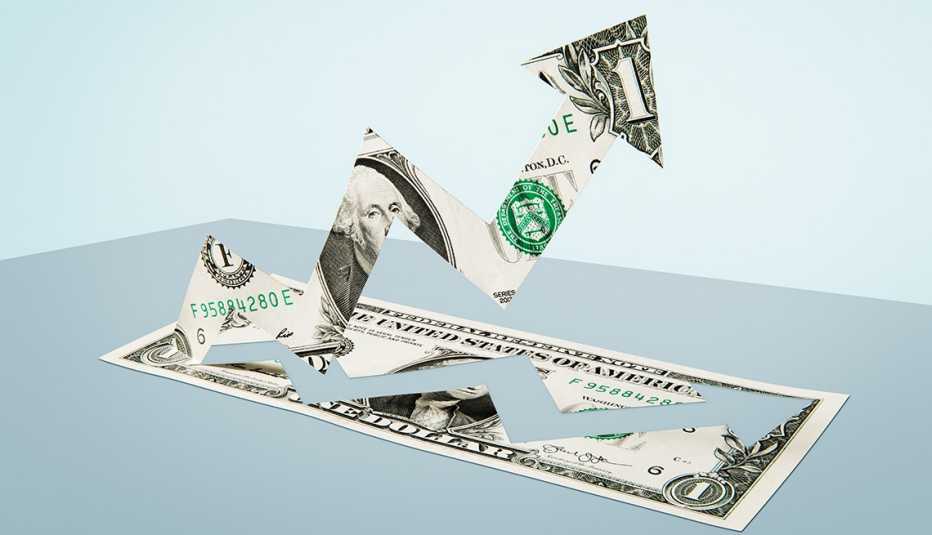AARP Hearing Center


Nearly two dozen states are raising their hourly minimum wage this month, increases that could both encourage people to stay in the workforce as they grow older and help them save more money for their eventual retirement.
The largest increase in January is in New Mexico, which is raising its minimum wage for workers who don’t receive tips by $1.50 per hour. Virginia, however, will beat that mark in May, boosting its minimum wage by $2.25. Several other states — Arkansas, California, Connecticut, Delaware, Illinois, New Jersey and Rhode Island — are raising their minimum wages for non-tipped workers by one dollar per hour. The federal minimum wage of $7.25 per hour for non-tipped workers is not scheduled to change for 2021. On Jan. 14, President-elect Joe Biden released an economic stimulus plan that included a proposal to raise the federal minimum wage to $15 per hour, but it is unclear whether that proposal will become law.
While the increases may not seem to be much at a glance, in some cases they could add up to more than a thousand dollars of additional income over the year. That’s a meaningful boost for many older Americans.
Plenty of older people are working for low wages, so the minimum wage is particularly relevant for this segment of the labor market, according to Mark Borgschulte, an assistant professor of economics at the University of Illinois, Urbana-Champaign.
In 2019, Borgschulte studied how the minimum wage affected older workers’ employment and claims of Social Security retirement benefits from 1983 to 2016. He found that higher minimum wages increased earnings and may have encouraged some people ages 62 to 70 to keep working.
“Higher minimum wages result in increased earnings and delayed retirement in that cohort,” Borgschulte said about the study.
The following are states that are raising their hourly minimum wages for non-tipped workers in 2021. Most changes take effect in January, but five states raise their minimum wages later this year. Connecticut’s increase happens on Aug. 1, Florida’s occurs on Sep. 30, Nevada’s and Oregon’s are set for July 1, and Virginia’s takes place on May 1.


| States | New Wage | Previous Wage | Change |
|---|---|---|---|
| Alaska | $10.34 | $10.19 | $0.15 |
| Arizona | $12.15 | $12.00 | $0.15 |
| Arkansas | $11.00 | $10.00 | $1.00 |
| California | $14.00 | $13.00 | $1.00 |
| Colorado | $12.32 | $12.00 | $0.32 |
| Connecticut* | $13.00 | $12.00 | $1.00 |
| Delaware | $10.25 | $9.25 | $1.00 |
| Florida* | $10.00 | $8.56 | $1.44 |
| Illinois | $11.00 | $10.00 | $1.00 |
| Maine | $12.15 | $12.00 | $0.15 |
| Maryland | $11.75 | $11.00 | $0.75 |
| Massachusetts | $13.50 | $12.75 | $0.75 |
| Minnesota | $10.08 | $10.00 | $0.08 |
| Missouri | $10.30 | $9.45 | $0.85 |
| Montana | $8.75 | $8.65 | $0.10 |
| Nevada* | $9.75 | $9.00 | $0.75 |
| New Jersey | $12.00 | $11.00 | $1.00 |
| New Mexico | $10.50 | $9.00 | $1.50 |
| New York | $12.50 | $11.80 | $0.70 |
| Ohio | $8.80 | $8.70 | $0.10 |
| Oregon* | $12.75 | $12.00 | $0.75 |
| Rhode Island | $11.50 | $10.50 | $1.00 |
| South Dakota | $9.45 | $9.30 | $0.15 |
| Vermont | $11.75 | $10.96 | $0.79 |
| Virginia* | $9.50 | $7.25 | $2.25 |
| Washington | $13.69 | $13.50 | $0.19 |
* This state will raise its minimum wage later this year. Connecticut: Aug. 1, Florida: Sep. 30, Nevada: July 1, Oregon: July 1, and Virginia: May 1.
Editor’s note: This article originally was published on Jan. 5, 2021. It has been updated with information about the recent federal minimum wage proposal.





























































More on work
10 Jobs That Could Rebound in 2021
Some occupations that are popular with older workers could be hiring soonFind the Jobs No One Else Knows About
Here's how to get ahead of the competition
15 Hottest Job Fields for Freelance Workers in 2021
Best opportunities for flexible contract work, remote positions in the new year, FlexJobs predicts